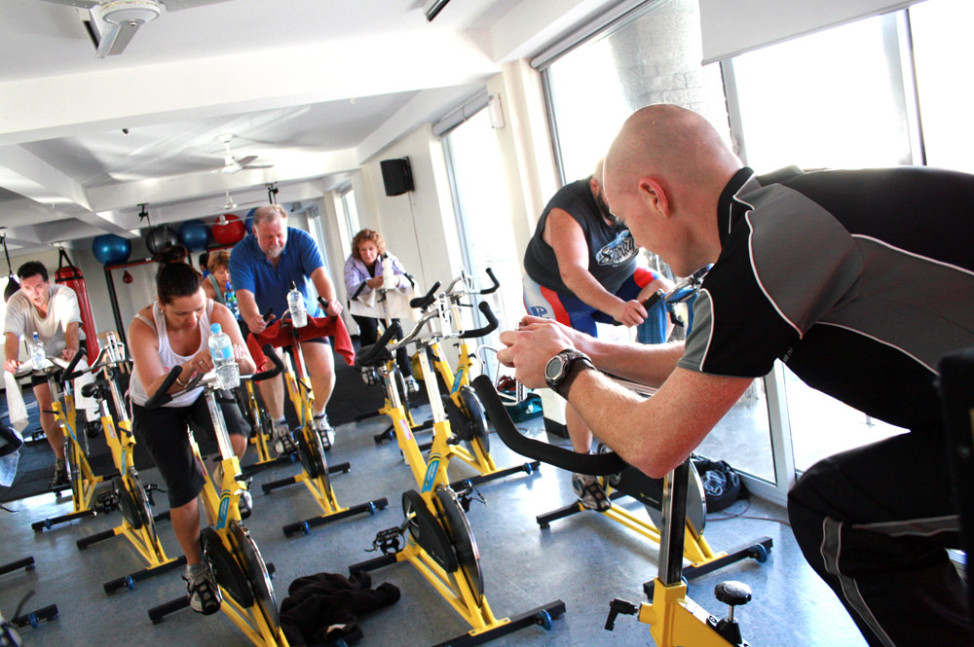Americans don’t just want to work out more in 2016, they also want to firm up their savings accounts.
A Nerdwallet survey conducted in December found that “increasing savings” was the top priority for 49 percent of Americans, followed by “working out” (44 percent).
“There’s definitely a connection between the two in the sense that both are about quality of life,” said Nerdwallet’s Sreekar Jasthi. “Both are about health: physical health and fiscal health.”
New Year’s Day is a federal holiday in the United States, which means most Americans have the day off from work to attend gatherings, eat special foods meant to ensure good fortune for the new year, and make a list of resolutions for 2016.

On average, Americans carry $15,000 in credit card debt. (AP File Photo)
“Increasing savings” was the most popular answer on Nerdwallet’s New Year’s resolution poll. The average American only saves about 5 percent of their income, according to the Bureau of Economic Analysis.
The other top priorities include losing weight (44 percent), spending more time with friends and family (37 percent), traveling more (35 percent) and getting organized (30 percent).
Paying off credit cards was most important to 29 percent of those surveyed. On average, Americans have about $15,000 in credit card debt.
“We actually thought that the percentage of the population polled that would mention credit card debt as a priority, would be higher,” said Jasthi. “This is a significant concern…a lot of people eventually have to file for bankruptcy because they can’t afford to pay it back. I think more education and more clarity around how to effectually manage use of your credit cards, and how to repay debt on your credit card, is something that’s absolutely needed.”
While 45 percent of Americans say they usually make New Year’s resolutions, only about 8 percent of those who make resolutions actually fulfill them. Making resolutions as specific as possible might help. For example, instead of just saying ‘increase savings’, determine an exact amount you’d like to save in 2016 and then set monthly milestones to help reach that goal.
“Solid, specific goals that you can actually visualize instead of just large umbrella terms always help,” Jasthi said. “Be realistic when you’re setting these resolutions or setting these milestones. Be as specific as possible but obviously be realistic about how you’re going to attain those goals.”






















